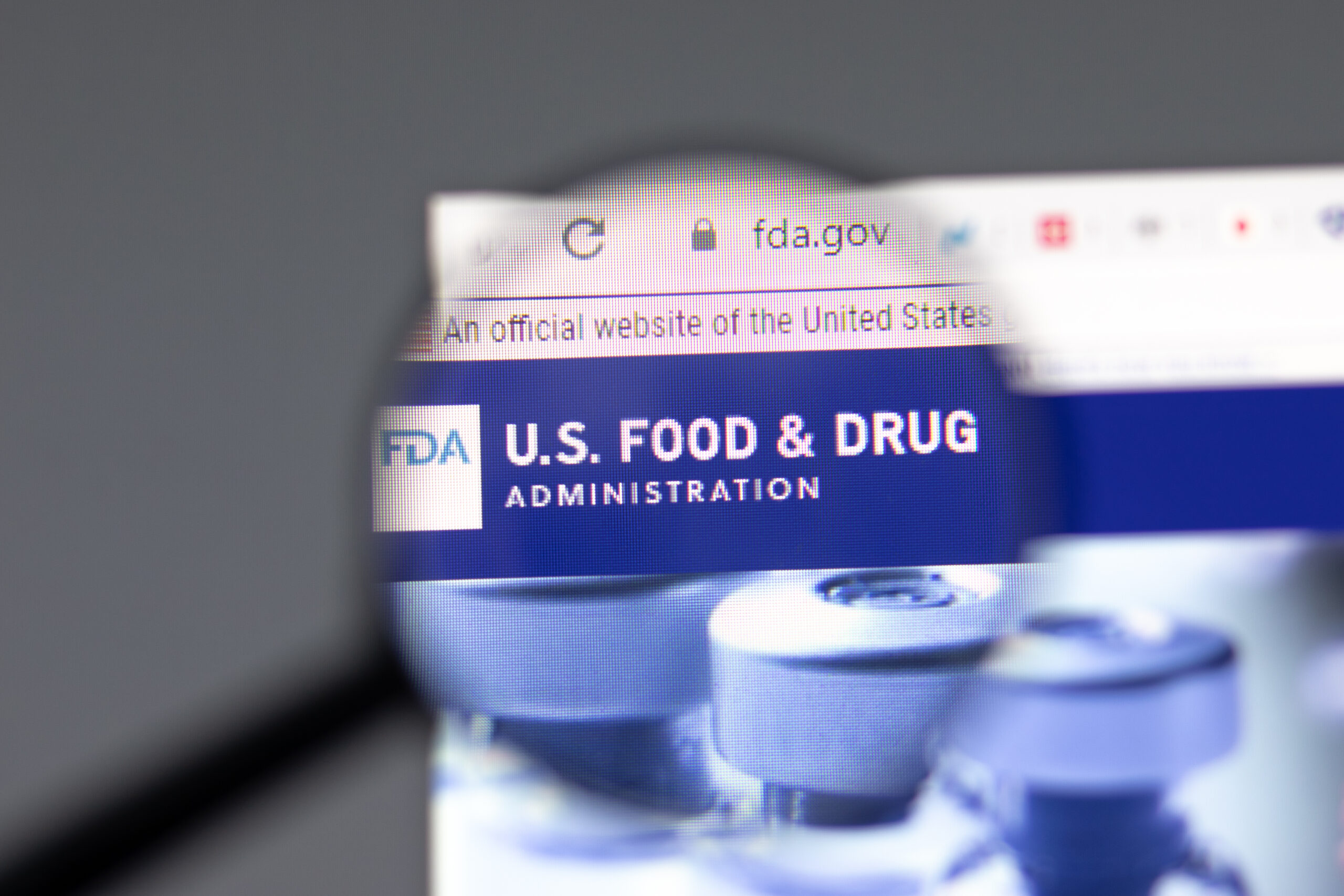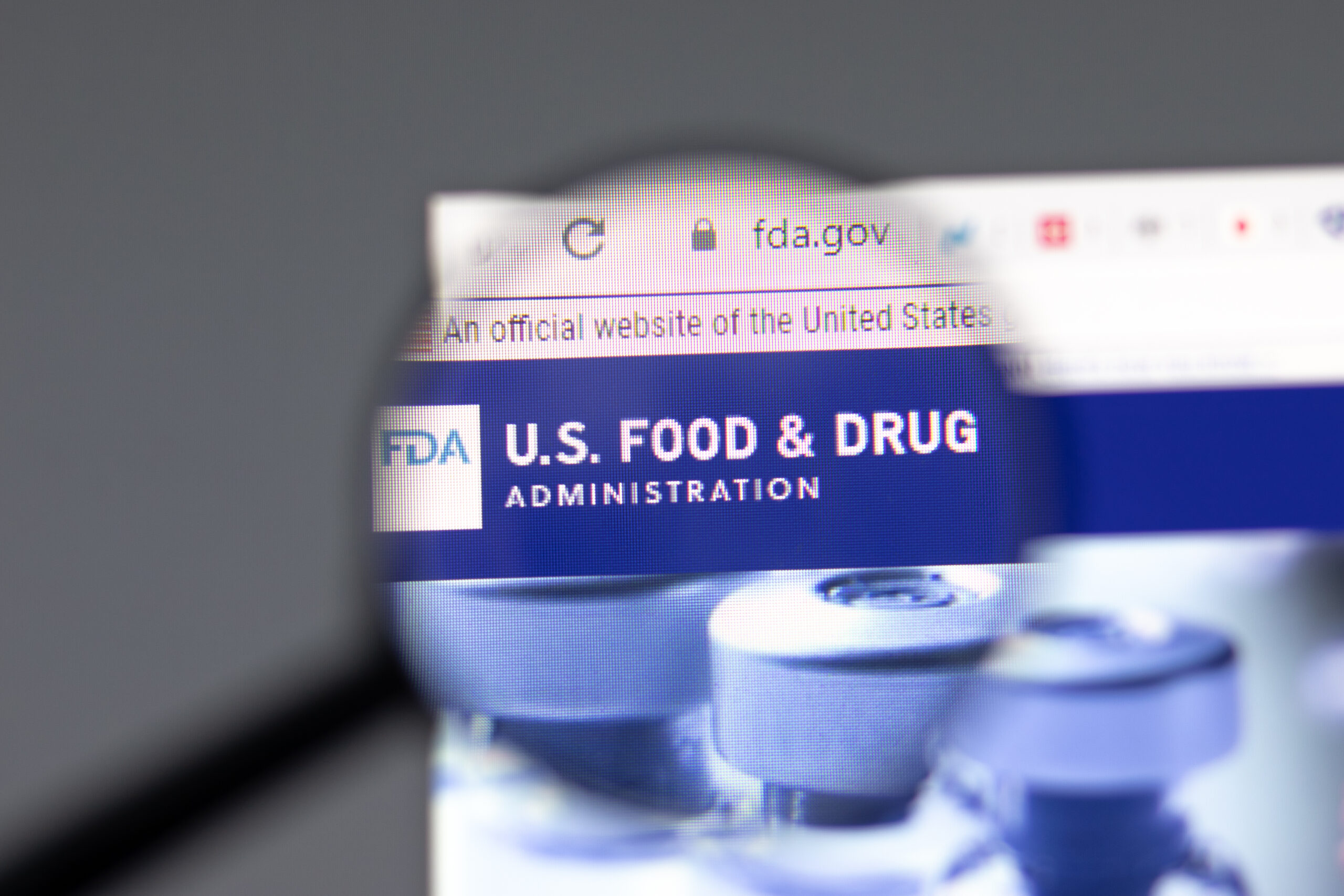Patients with type 1 diabetes rely on insulin to manage their disease, but what if temperature fluctuations and sub-optimal storage conditions are affecting its potency? According to research presented at the European Association for the Study of Diabetes (EASD) Annual Meeting in Berlin, Germany, this could be more of a problem than previously thought.
“Many people with diabetes are unwittingly storing their insulin wrong because of fluctuating temperatures in domestic refrigerators,” said study author Dr. Katarina Braune, of Charité – Universitätsmedizin Berlin in Germany.
Unlike many synthetic drugs which are stable in pill form in a range of temperatures, injectable biologics like insulin have a narrowly-defined temperature zone in which product integrity is maintained. Because of this, it’s recommended that insulin be stored in a refrigerator between two and eight degrees Celsius, or between two and 30 degrees Celsius if it’s being carried by a patient in an insulin pen or vial.
Because diabetes is a chronic condition, patients will often have a stock of insulin in their refrigerator which could be stored for multiple months before use. What are Braune’s recommendations for how patients should properly store their insulin?
“When storing your insulin in the fridge at home, always use a thermometer to check the temperature,” said Braune. “Long-term storage conditions of insulin are known to have an impact on its blood-glucose-lowering effect.”
In the current study, Braune and her colleagues sought to find out how common it is for a patient’s insulin supply to deviate outside of the recommended temperature range when in storage. The researchers teamed up with Science & Co and MedAngel BV, a digital health company, to monitor the insulin stores of 388 diabetic patients living in the US and the EU between late 2016 and earlier 2018.
Temperature sensors provided by MedAngel were either positioned next to the insulin stored in the fridge, or in a patient’s insulin-containing travel bag. Every three minutes, the sensors collected temperature data which researchers analyzed after an average of 49 days for each sample.
The researchers found that 79 percent of the 400 total temperature logs showed these insulins went outside the manufacturers’ recommended temperature range.
“For people living with insulin-dependent diabetes who take insulin several times a day via injections or continuously administer insulin with a pump, precise dosing is essential to achieve optimal therapeutic outcomes,” said Braune. “Even gradual loss of potency introduces unnecessary variability in dosing.”
Interestingly, insulin stored in the fridge showed more frequent out-of-range temperature fluctuations compared to samples stored in travel bags. Refrigerated samples were either warmer or cooler than recommended about 11 percent of the time, which equates to a total of two and a half hours of temperature fluctuations each day. In contrast, insulin stored outside of the fridge and carried around was only outside of the recommended temperature range for around eight minutes per day.
Samples that dipped below 0 degrees Celsius were also an issue, with 17 percent of the sensors picking up freezing temperatures. This is equivalent to an average three hours a month in which the insulin was held below freezing.
“More research is needed to examine the extent to which temperature deviations during domestic storage affect insulin efficacy and patient outcomes,” said Braun.
While the researchers will need to further investigate this issue, what’s evident from the current study is the fact that temperature fluctuations when storing insulin could be an underestimated issue for those with diabetes. Whether these findings are eventually translated into updated storage recommendations for commercially-available insulins has yet to be seen.












Join or login to leave a comment
JOIN LOGIN